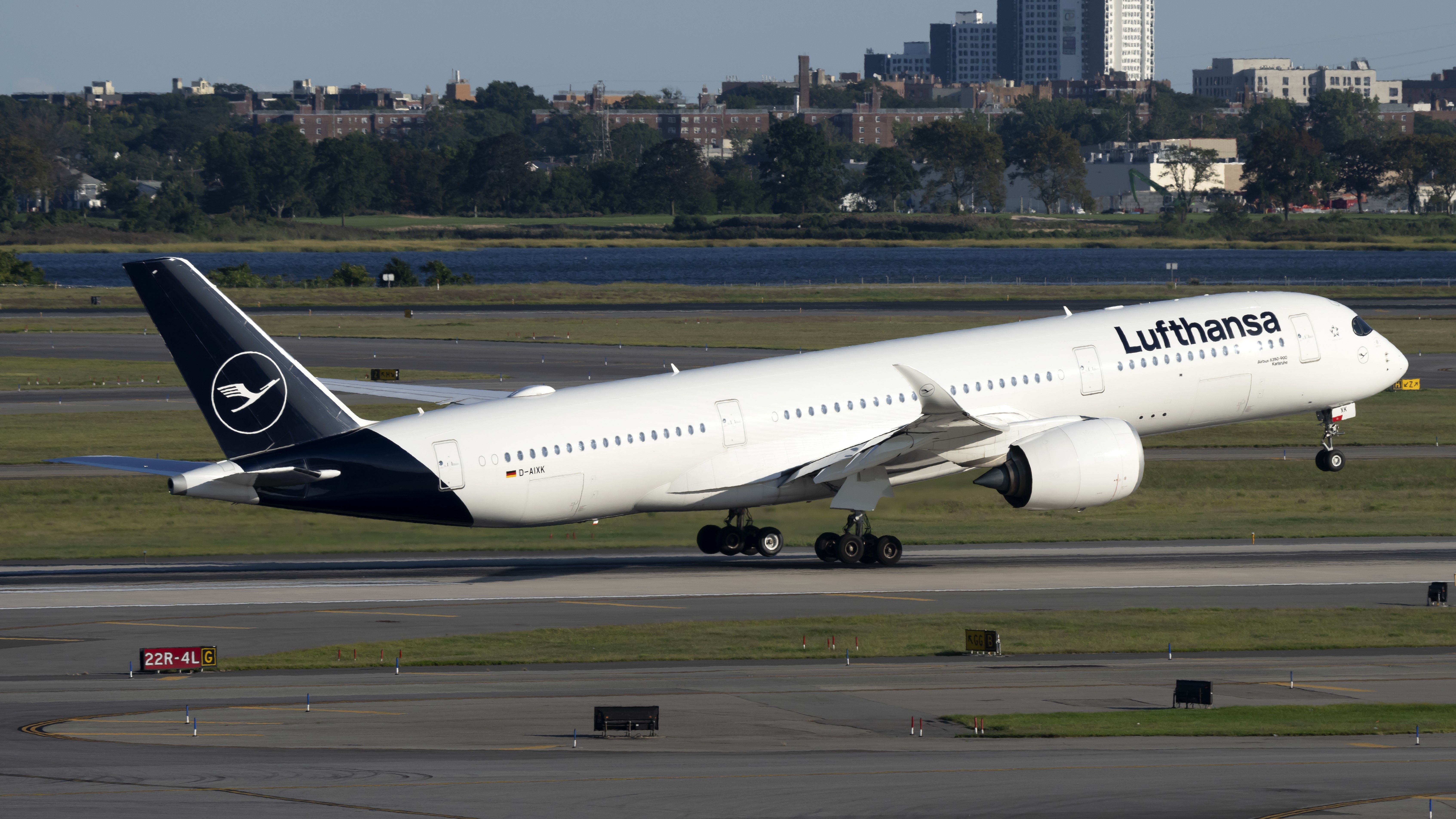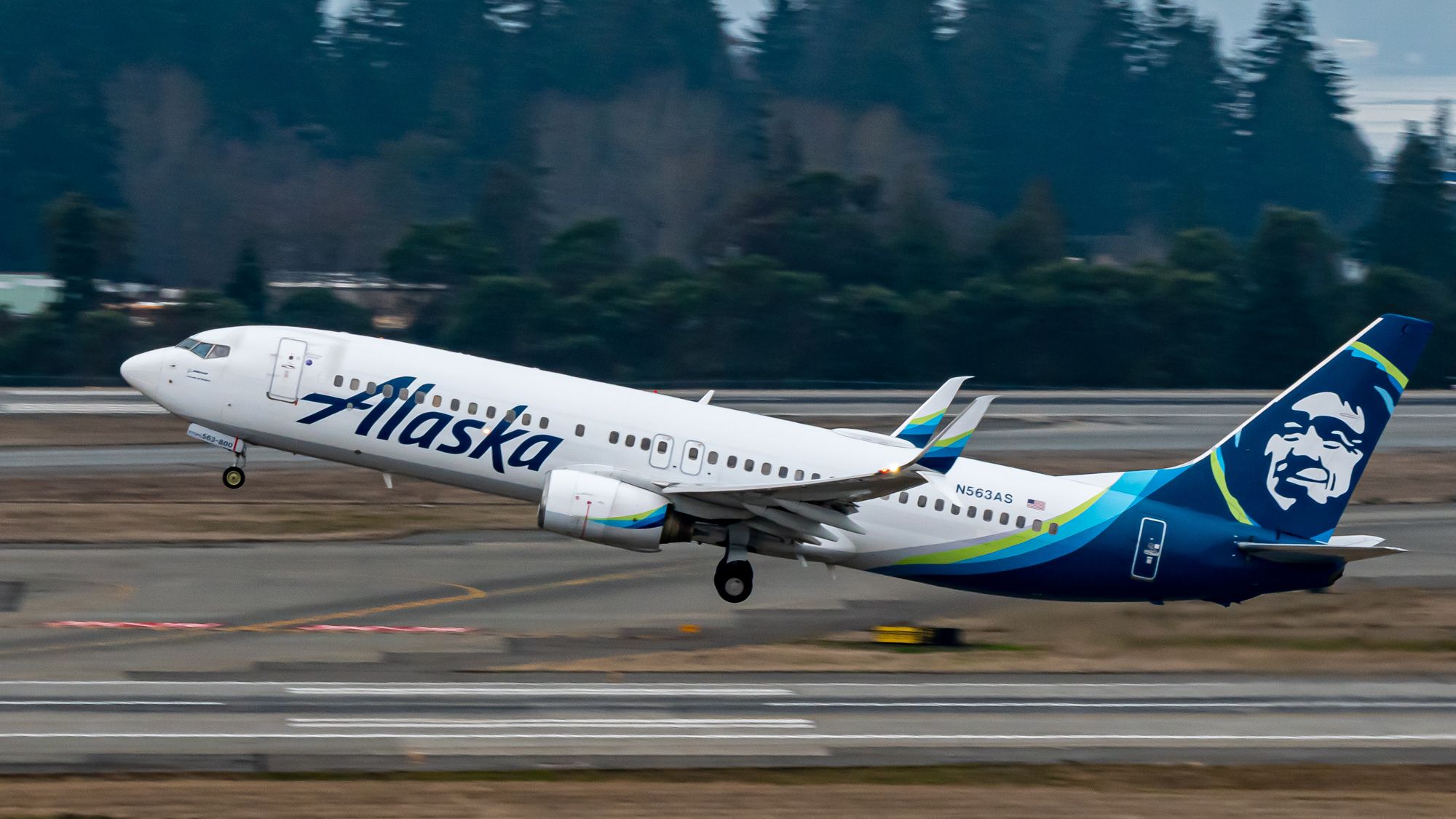Summary
- Aborted take-offs are performed for safety reasons, and pilots may choose to abort if there are engine problems, unexpected traffic, or if something doesn't feel right. Safety is the top priority.
- Calculating critical values is essential for a safe take-off. Factors like Acceleration Stop Distance Available (ASDA), V1 speed (Take-Off Decision Speed), and V2 speed (safety speed in case of engine failure) are considered to ensure the aircraft can stop or safely continue the take-off.
- Aircraft undergo pre-delivery tests, including the Rejected Take-Off (RTO) test, to ensure proper functioning.
While they are not common, much like go-arounds, aborted take-offs may have to be performed from time to time. An aborted take-off is when an aircraft begins accelerating down the runway in order to take off. However, due to a variety of reasons, the aircraft brakes and comes to a halt before reaching the end of the runway.
Despite the low probability, as with every aspect of flying, much planning is required by the flight crew to ensure the aircraft can stop in time once it starts accelerating down the runway. After all, the aircraft needs to stop before it reaches the end of the runway. Simple Flying investigates the procedure of aborting a take-off.
Why do pilots abort take-off?
There are several different reasons why a pilot may choose to abort a take-off. These can range from engine problems to something just not feeling quite right and even unexpected traffic within close proximity. After all, it is better to be safe and to err on the side of caution.
Most recently, for example, an American Airlines flight aborted its take-off roll at Boston when a Spirit Airlines aircraft got extremely close to the runway hold line. In this instance, however, the pilots aborted the take-off, following the instructions received from the Air Traffic Controller.
In most cases, the aircraft will have to return to the gate for checks after a rejected take-off, depending on why the take-off was aborted. However, if an aircraft has had to brake particularly hard, the brakes can get hot. This can result in the brake needing to cool down before a second attempt.
Overheating of the brakes is a serious matter because increased temperatures at the aircraft brakes can result in it becoming less effective when trying to stop the aircraft.
Having established the fact that rejected take-offs are performed only ever for safety reasons, it is imperative that the pilots have to know at what point stopping on the runway becomes unsafe.
Important factors
There are various factors considered by the flight crew during the flight planning phase in order to calculate some critical values that are required for a safe take-off.
1. The first important variable to consider when examining aborted take-offs is the ASDA or Acceleration Stop Distance Available. This is the distance between where the aircraft commences its take-off and the point at which the aircraft must have stopped should the take-off be rejected. Usually, this distance includes the entire length of the runway plus the runway end stop way distance.
2. Apart from the ASDA, another critical factor during the take-off run is the V1 aircraft speed, which is also known as the Take-Off Decision Speed. Essentially, the pilots have until the aircraft attains the V1 airspeed to abort the take-off. Beyond V1, the pilots are committed and have to take off as they would not be able to stop the aircraft safely within the remaining runway distance.
3. Beyond V1, there is the V2 speed, which is also considered a safety speed in the event of an engine failure that occurs at speeds higher than V1. Upon achieving V2, the pilots can be assured that the aircraft has enough power from its remaining engine to maintain a safe climb gradient and that the aircraft is fast enough to be controllable.
When calculating V1, several factors are considered, including the ASDA, the aircraft's weight for that particular flight, and the weather information from the METAR to factor in the aircraft's take-off performance.
Additionally, the rejected takeoff manoeuvre can be split into low-speed and high-speed phases. The prime difference is that the criteria for pilots to reject a takeoff during the high-speed phase are considerably limited when compared to the criteria in the low-speed segment. However, the speeds for the phases vary depending on the manufacturer.
How are the speeds calculated?
The aircraft's onboard computers calculate all the speeds. Using everything from the weather information to flap configurations, the FMS (Flight Management System) calculates precisely what speed the pilot should decide on aborting take-off and when to start to lift off. These speeds are then overlayed on the speed ribbon in the Primary Flight Displays (PFD).
Thankfully, the vast majority of flights take off without incident; however, technology is there to help should an aborted take-off be necessary.
RTO tests
As part of the manufacturing process, all aircraft undergo a series of tests to ensure the aircraft is functioning properly before being delivered to the customer. One of the pre-delivery tests performed is the Rejected Take-Off (RTO) test.
The test is done by filling up the aircraft to its maximum take-off weight, and then the test is performed using a completely depleted set of brakes to factor in an improbable worst-case scenario.
Additionally, the aircraft has to be brought to a complete halt just by using the ground brakes and the wing spoilers. The pilots will not use reverse thrusters to ensure the aircraft can brake within the appropriate distance in case of landing with engine failure, which would render the reverse thrusters inoperative.
After the aircraft comes to a complete stop, special fuse plugs equipped inside the wheels were activated in order to release the pressure inside the tires to prevent it from bursting and damaging the aircraft landing gear system.
Get the latest aviation news straight to your inbox: Sign up for our newsletters today.
Have you been on an aircraft that aborted its take-off? How did you find the experience? Let us know in the comments.



